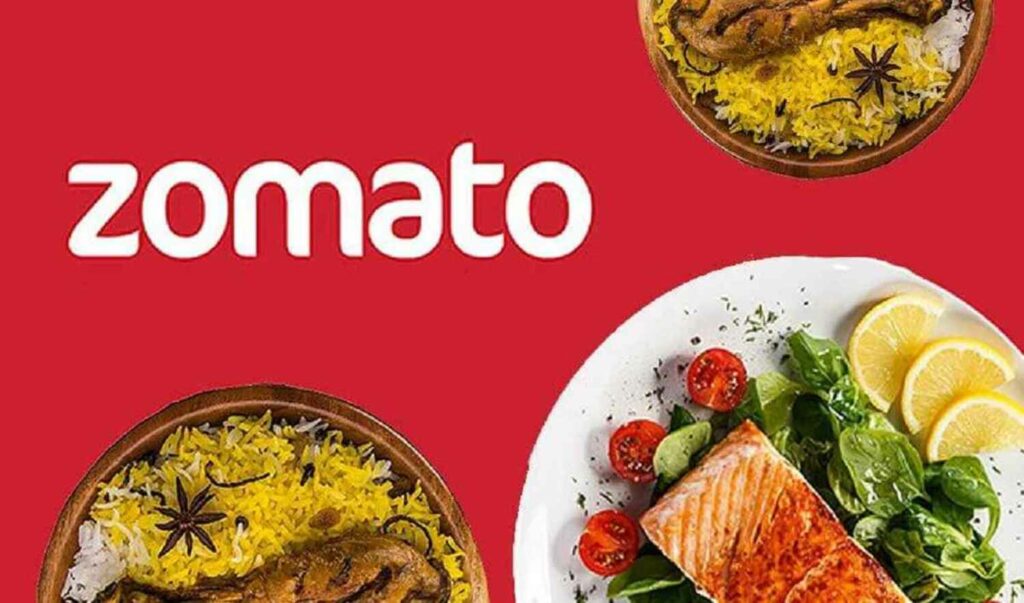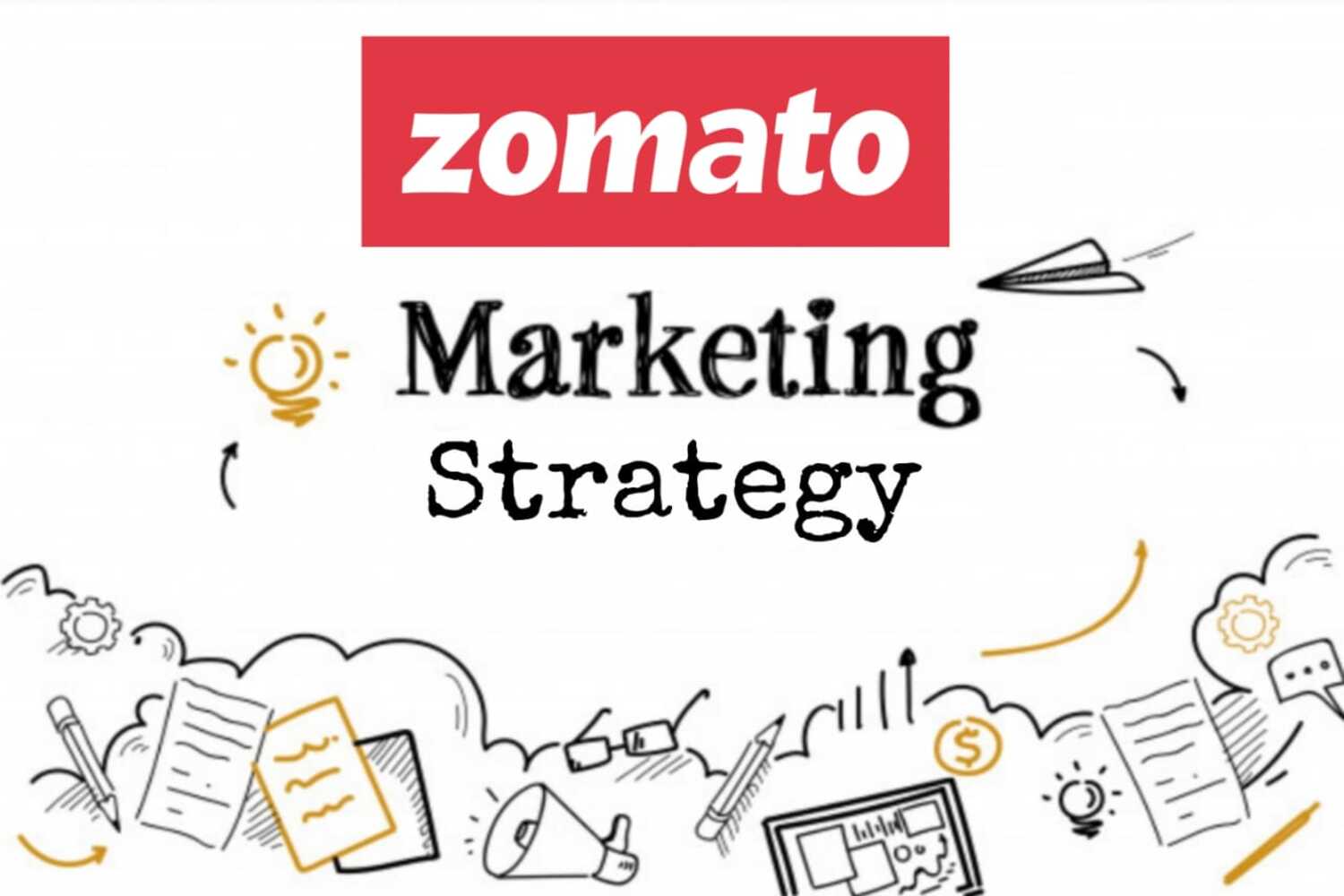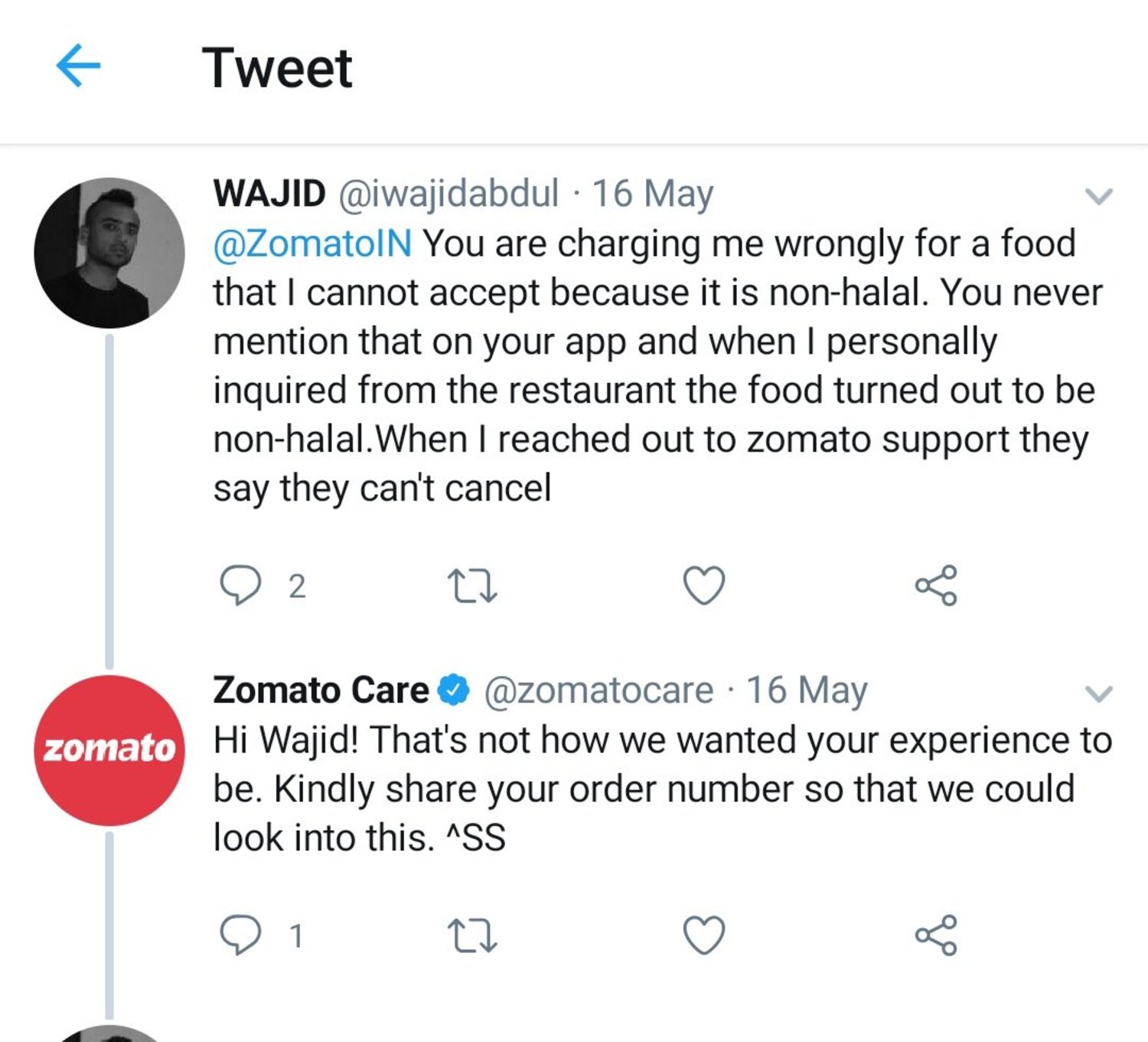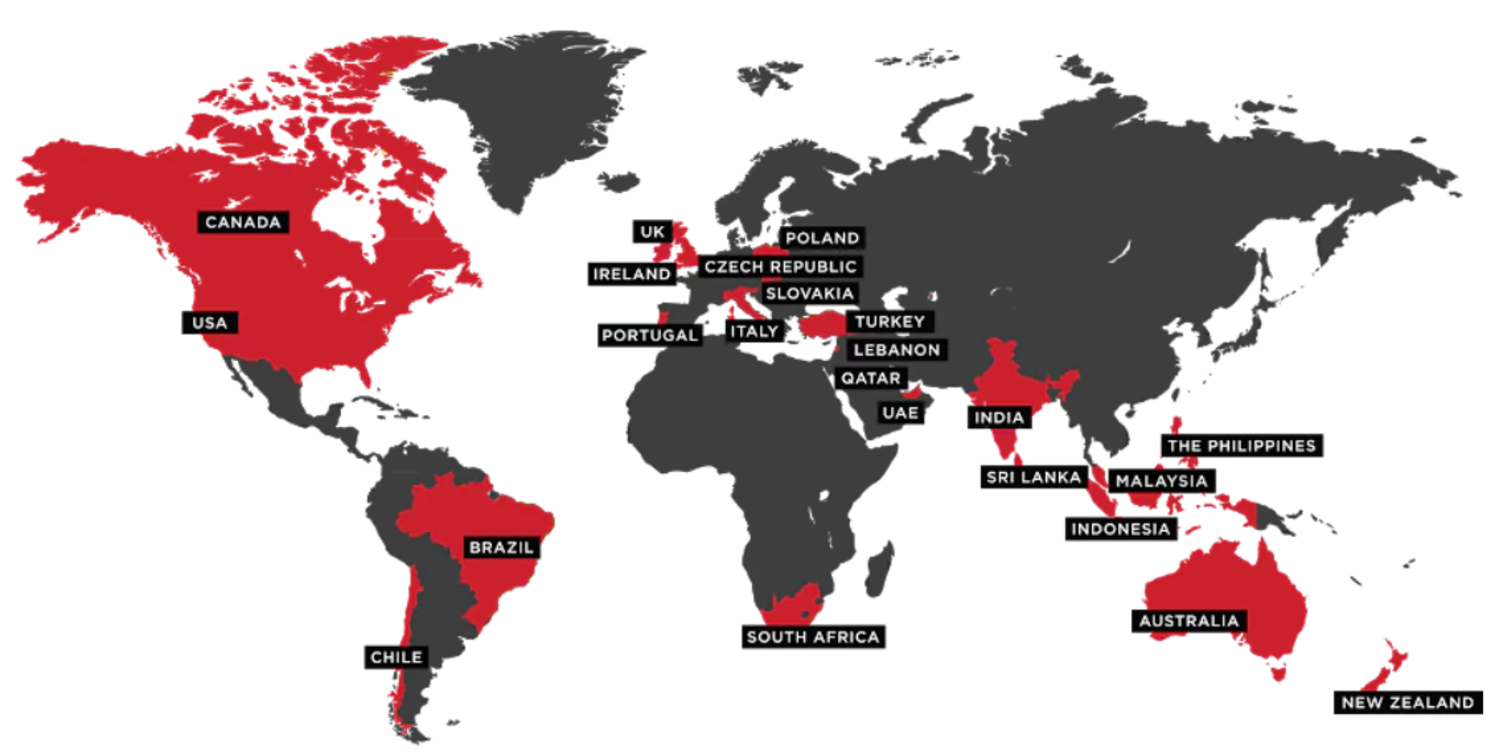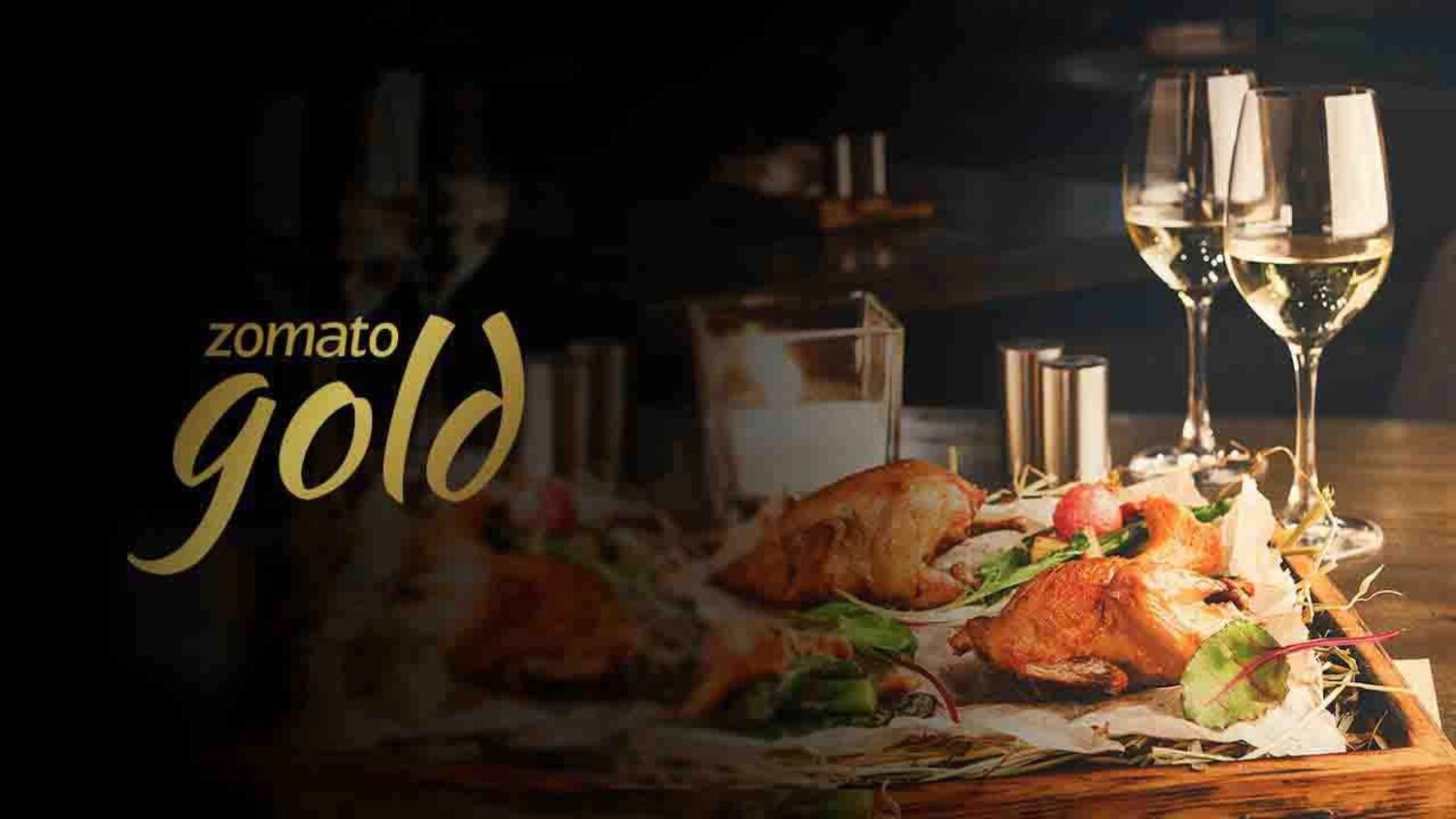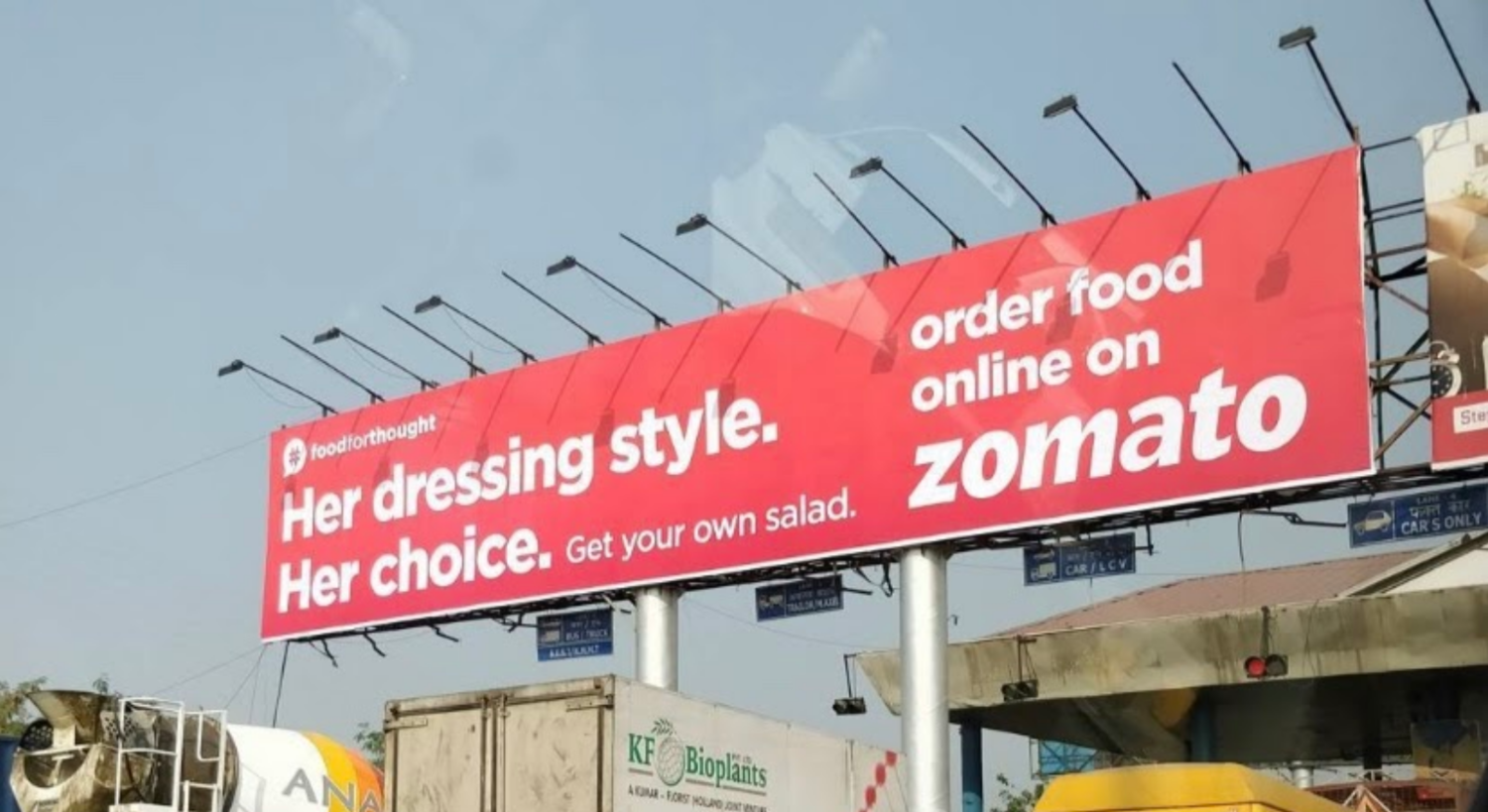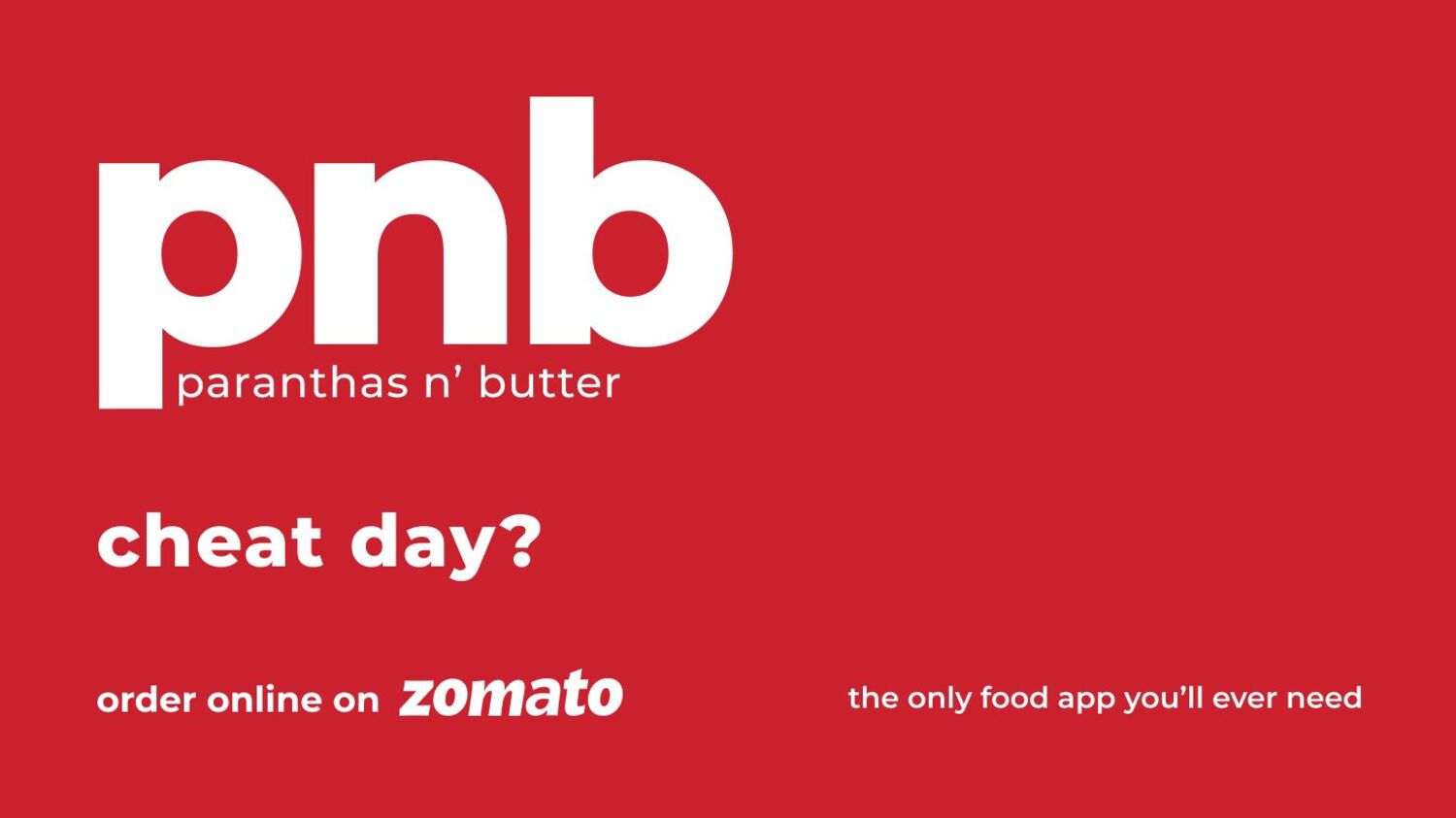Zomato Limited is an Indian food delivery company founded in 2008 as FoodieBay. It started as a website to search for food places and list eateries, but now it is converted into a food delivery app. In 2010 they changed the name from FoodieBay to Zomato officially. It primarily provides factual information, menus, and user reviews of the restaurants. From swanky upscale restaurants to the coziest cafes serving the most delicious food, Zomato covers it.
Zomato targets every person, from working professionals to students, from people who love restaurant food to those who can’t cook. They make extra efforts to advertise their platform and take advantage of social media apps through various memes.
Let’s learn more about Zomato and some strategies that helped them grow the platform.
See Also: A Complete SWOT Analysis Of Swiggy
Marketing Strategy of Zomato: What Makes It Different?
Zomato has established itself as a leader in the meal delivery industry, but much of its success can be attributed to the distinctive marketing techniques it has created. The following marketing choices helped Zomato become well-known:
A Different Approach To Twitter
Effective communication is always a ladder that aids in the ascent of a company to success and is a strength of every brand. Effective communication is a potent instrument to increase general participation and maintain a firm. For Zomato, it accomplished that!
For instance, the brand didn’t begin a marketing effort on Twitter until December 2020, when it encouraged users to submit ideas for the most imaginative restaurant names they could think of. This unusual approach began to generate more comments and responses than anything else.
See Also: The SWOT Analysis of Zomato
Reaching Abroad As Soon As Possible
Zomato didn’t think twice about trying its luck outside India, where it was founded in Delhi.
By 2012, the 2008-founded business had opened locations in Dubai, the Philippines, Qatar, the UK, and other nations.
Making Important Purchases
Zomato, as we’ve already established, has a strong belief in acquiring other businesses and inventing its offerings, such as its goods and services. Even though the corporation paid a hefty price for these purchases, they repeatedly assisted in giving the brand much-needed momentum.
Various Products Available
In addition to providing a good food delivery service, Zomato regularly thinks of new features to offer its customers. Zomato Gold, a luxury service that grants users unbeatable deals and discounts in exchange for a monthly subscription fee, was introduced in November 2017.
In addition, Zomato launched Hyperpure in August 2018 as a project that guarantees restaurants will receive hygienic and high-quality supplies, significantly increasing the company’s options.
Marketing Strategy Of Zomato
Intended Audience
People between 18 and 35 who have access to mobile phones and are familiar with using apps make up Zomato’s target market. It caters to two consumer types: those who prefer eating out and those who wish to have their cuisine delivered to their homes.
These groupings frequently cross over. Its Zomato Gold program offers meal delivery to individuals who require it and encourages people to eat out.
The target market for Zomato includes working professionals who require food in their workplaces, students who need food in their dorms, those who don’t have time to cook, and those who enjoy eating takeout.
Zomato’s Social Media Strategy
The usual age range of Zomato’s potential customers is 18 to 35; thus, the firm must put a lot of effort into its social media marketing. Zomato makes the extra effort to create original social media ads and other interesting posts to stay connected. It has managed to manipulate the meme marketing technique to its advantage because most of our social networks continue to be filled with memes if not anything else.
Zomato places such a high value on its memes that it even admits as much in its brand bio: “Meme profile posting brand posts owing to company board pressure.” It publishes humorous content that amuses viewers and encourages them to place food orders simultaneously.
Paid Marketing Campaigns
Even though a firm may choose to use paid advertising as a transitory marketing technique, it plays a significant role in maintaining engagement. The brand’s search results are considerably improved by excellent paid advertising combined with organic optimization, and Zomato consistently accomplishes that!
The supervisor for meal delivery utilizes Google AdWords to advertise to specific customers, and those results are shown on its results page. Together, these two strategies enable the brand to target a broad range of keywords, which would not have been possible otherwise.
Visual Promotion
Like its other marketing techniques, Zomato’s graphic advertising is engaging.
Since the company gained notoriety, it has produced some of the best visual advertisements. Whether for their billboards or video advertisements, Zomato consistently creates compelling content ideas to perform well.
Zomato’s Email Marketing Strategy
Email serves as a means of communication for all of us. Consequently, a company’s marketing activities require an efficient email marketing strategy. Zomato is adept at making the best use of this powerful instrument. Only a select few companies can develop email marketing techniques that are as clever and effective as Zomato’s.
Many companies try to use email marketing strategies to their advantage. Zomato employs intriguing one-liners for the subjects and a suitable call to action to close each piece to sustaining brand loyalty. It recently created one of its campaigns for email advertising around Mirzapur season 2, one of the most well-liked Amazon Prime Video programs, to capitalize on the hype around it.
Zomato’s SEO Strategy
There is no substitute for SEO strategy, and Zomato extensively uses it. As we have seen, online searches account for more than 66% of its traffic. Zomato is responsible for 99.44% of all organic traffic, with sponsored advertising initiatives providing the balance. This demonstrates that Zomato uses a tried-and-true SEO strategy and makes the necessary effort to keep its brand climbing the Google organic SERP rankings.
Some of the most critical findings from Zomato’s SEO approach are as follows:
Website Pages
Over 6.5K eateries have joined Zomato, each with a frequently updated page. This increases Zomato’s total number of pages to almost 54 million, which boosts the website’s SEO. We know that the more web pages a website has, the more authoritative it is and the more likely it is to get essential rankings in search engines.
Keyword Specification
For SEO objectives, Zomato targets approximately 900K keywords. Because it always has the advantage in SEO, targeting so many keywords and further optimizing them naturally has helped it take the top spot in search results.
A huge directory of foods and restaurants is available on Zomato, which is beneficial for their SEO. Everything, including restaurant names, menu items, locations, and more, is a term that benefits the brand’s SEO. For the brand, terms like “shops near me,” “hotels to dine in,” etc., are also beneficial long-tail keywords.
Creating Internal Links
We all know linking to specific URLs connected to the goal keywords is a common SEO approach. This aids search engines in identifying our web pages and providing people with pertinent search results, which likewise passively raises the rankings of the keywords.
Zomato experiences a similar situation but on a larger scale, as the company targets many keywords and phrases to link to its URLs.
Essential Takeaways From Zomato’s Marketing Strategy.
- Produce content that appeals to the audience while being clear and concise. Zomato employs humor, current events, and even memes to highlight its brand offerings since it is aware of its target market.
- It’s vital to maintain brand consistency. Zomato has developed a distinct reputation for its oddball content, vibrant red color, and consistency in producing viral articles.
- Knowing your target audience is crucial, and Zomato excels at this by figuring out what kind of mood or experiences its users seek. Sports, comedy, or viral trends—Zomato is aware of what’s popular and cleverly connects it to its material.
FAQs
What is the marketing strategy of Zomato?
Marketing channels like search engine marketing, third-party TV commercials, in-app ads, keyword optimization, online marketing, and even outdoor or print advertising are all part of the marketing strategy of Zomato.
How does Zomato make money from its services?
Zomato's primary source of income comes from restaurants and companies that use its platform to promote themselves to their target demographic.
Conclusion
Zomato is one of the best food delivery apps in India now. Instead of being forceful or attempting to convince the customer to make a purchase, Zomato uses its marketing to establish a rapport with its audience and develop a high recall value.

